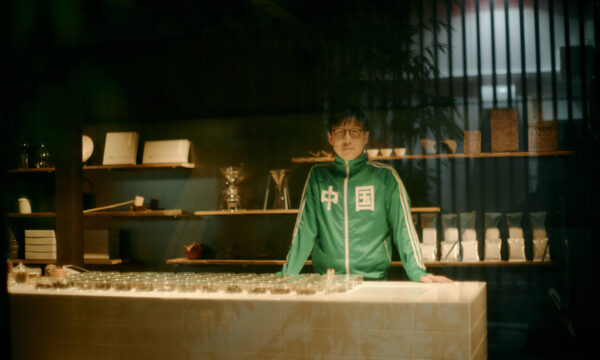
Sharing the teas of the world from the cultural center of Kyoto – An interview with Kenji Nakano of 7T+ in Kawaramachi, Kyoto (2nd half)
2024.01.19 Rediscovering TeaINTERVIEW
- Chinese Tea
- Matcha
- Kyoto
Formed from the amalgamation of eight separate shopping streets, the Takamatsu Central Shopping Arcade, found in the very center of Takamatsu City, Kagawa Prefecture, is the longest shopping arcade in Japan. Boasting a total length of some 2.7 kilometers, it features in excess of 1,000 distinct retail establishments. Each of its component shopping streets has its own unique identity, whether it be in its preponderance of dining establishments, or in its stores with a strong local flavor, but our destination on this occasion is Kamemarucho Shopping Street, having undergone redevelopment within the last few years and now featuring new stores both large and small.
Near the intersection of Marugamecho Shopping Street and the Art Museum Road running past the Takamatsu Art Museum lies a tea stand by the name of SABI, which opened its doors in April of 2023. While I had heard about it via SNS, it remained a place of enticing mystery to me.
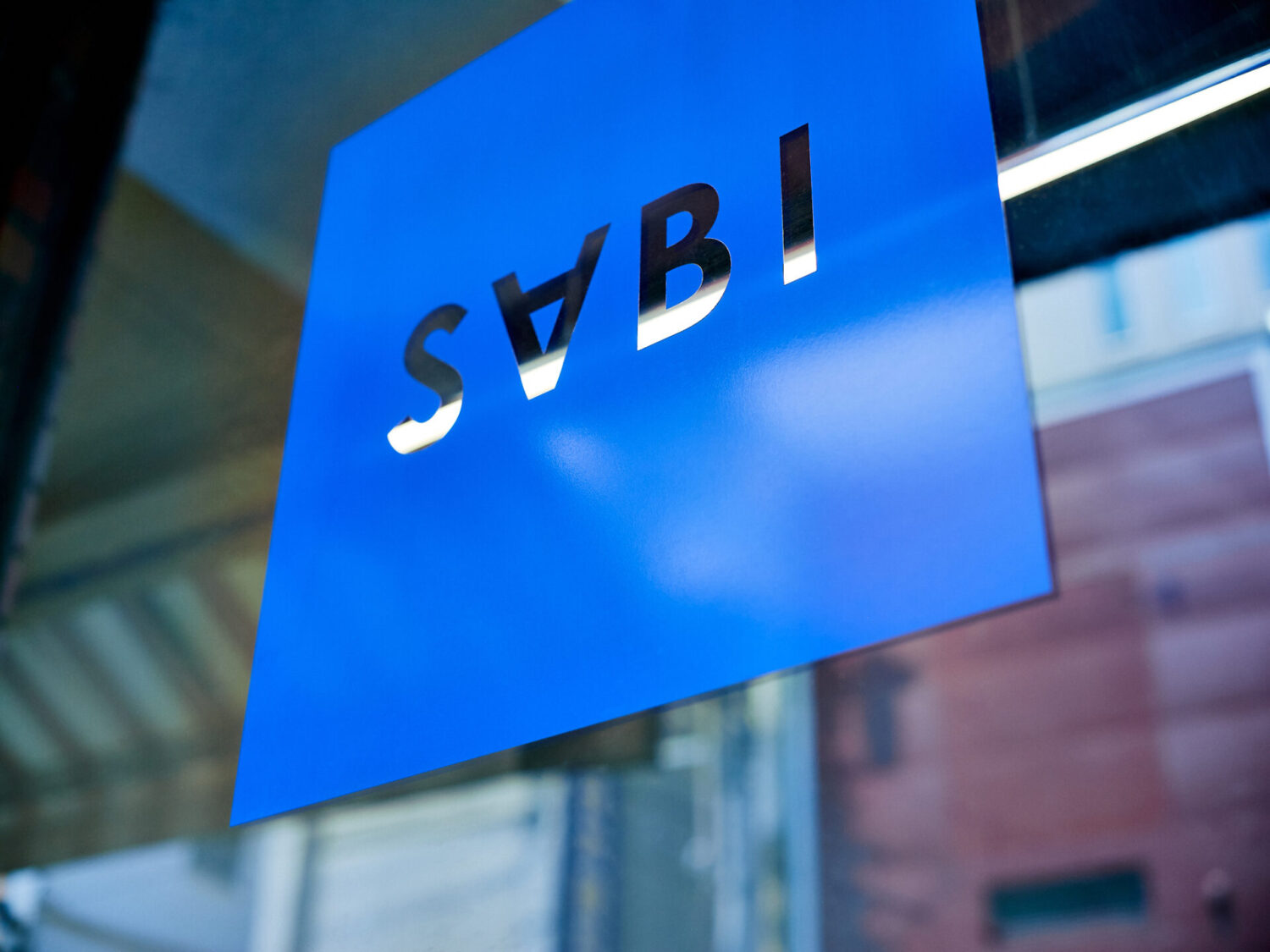
The most immediately striking feature of SABI as it is presented on Instagram is its bold yet refined image. The account features several photographs of the interior of the store, showcasing its distinctive lighting and balance of colors, while the shots of the tea itself are relentlessly dynamic, artfully capturing the moment a drop falls into the cup or even shots of tea spilling over the edge of its receptacle. This combination of striking visuals, designed and presented with a clear purpose, with the street-like yet still refined atmosphere of the store itself was stunning to me the first time I saw it: here is a place whose metropolitan spirit is unmatched even by anything in Tokyo, I thought to myself. It was to find out just how such an edgy and avant-garde tea stand as this came to pop up in this corner of Takamatsu that I decided to set off on CHAGOCORO’s first-ever venture to the island of Shikoku.
On my arrival, I am greeted by the store’s co-owners Junji Inoue and Takahiro Endo. Both men were born and bred here in Kagawa.
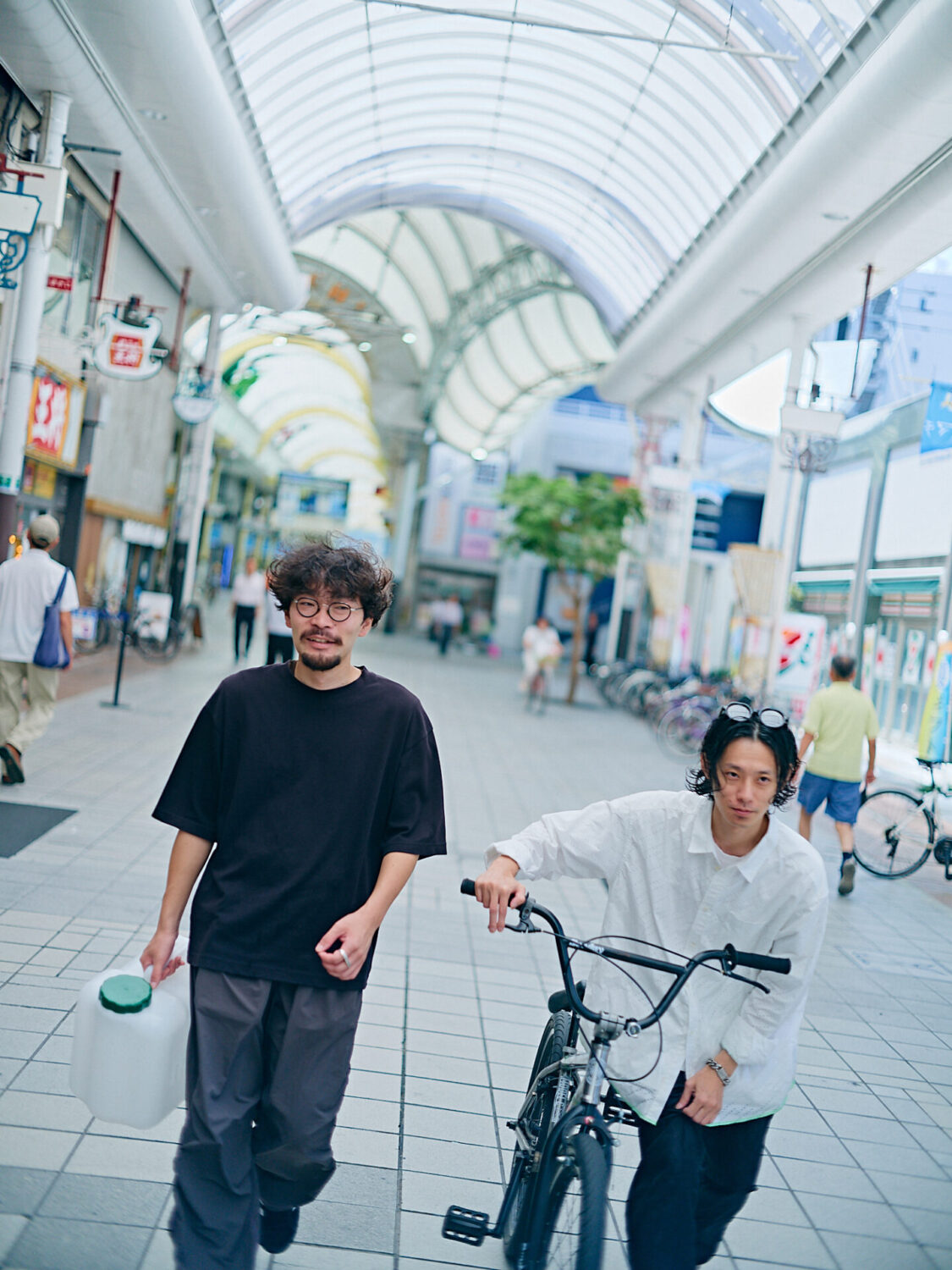
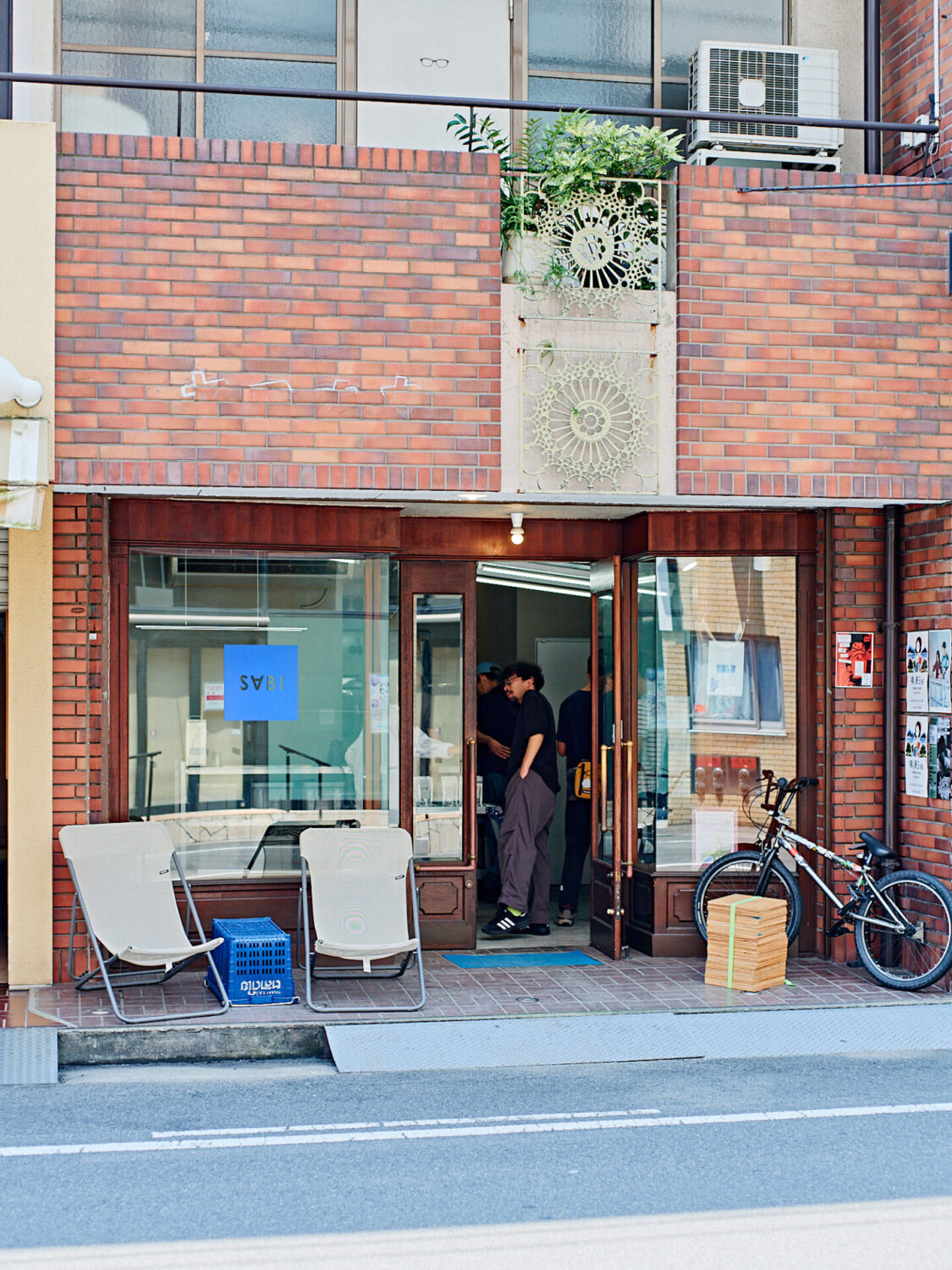
“This used to be a clockmaker’s. You can still see some signs of the former occupants in the exterior design, but we have completely overhauled the interior,” explains Endo. “We actually wanted to create a more minimalist design at first, but we ended up deciding on this more casual feel to ensure that local customers would feel comfortable dropping by.”
The interior of the store, put together after consultations between the two of them, features key greys and metallic colors, from walls to tables, chairs to counters. It is totally unlike what you would expect from a tea house and titillates the senses with this unexpected gap.
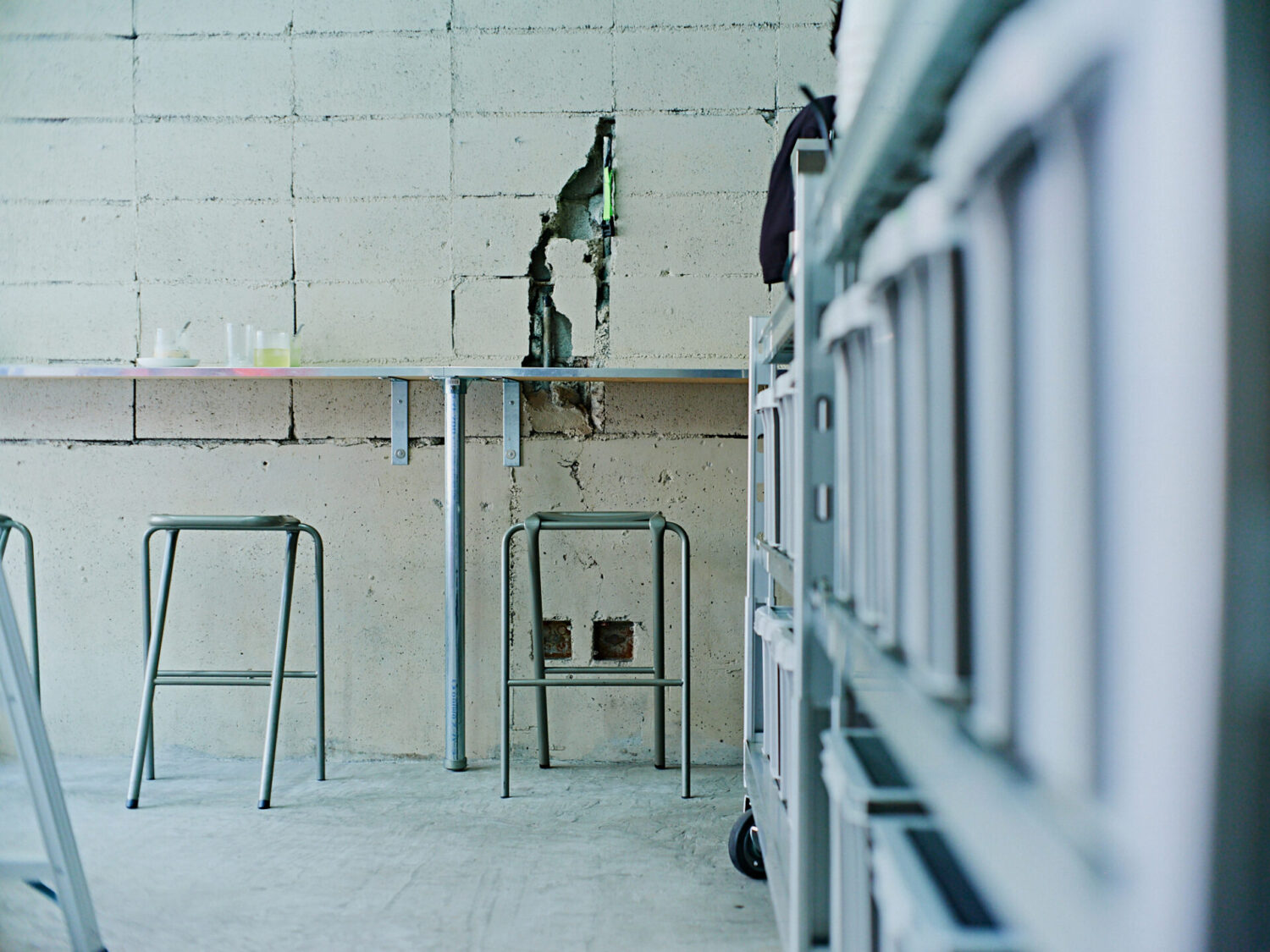
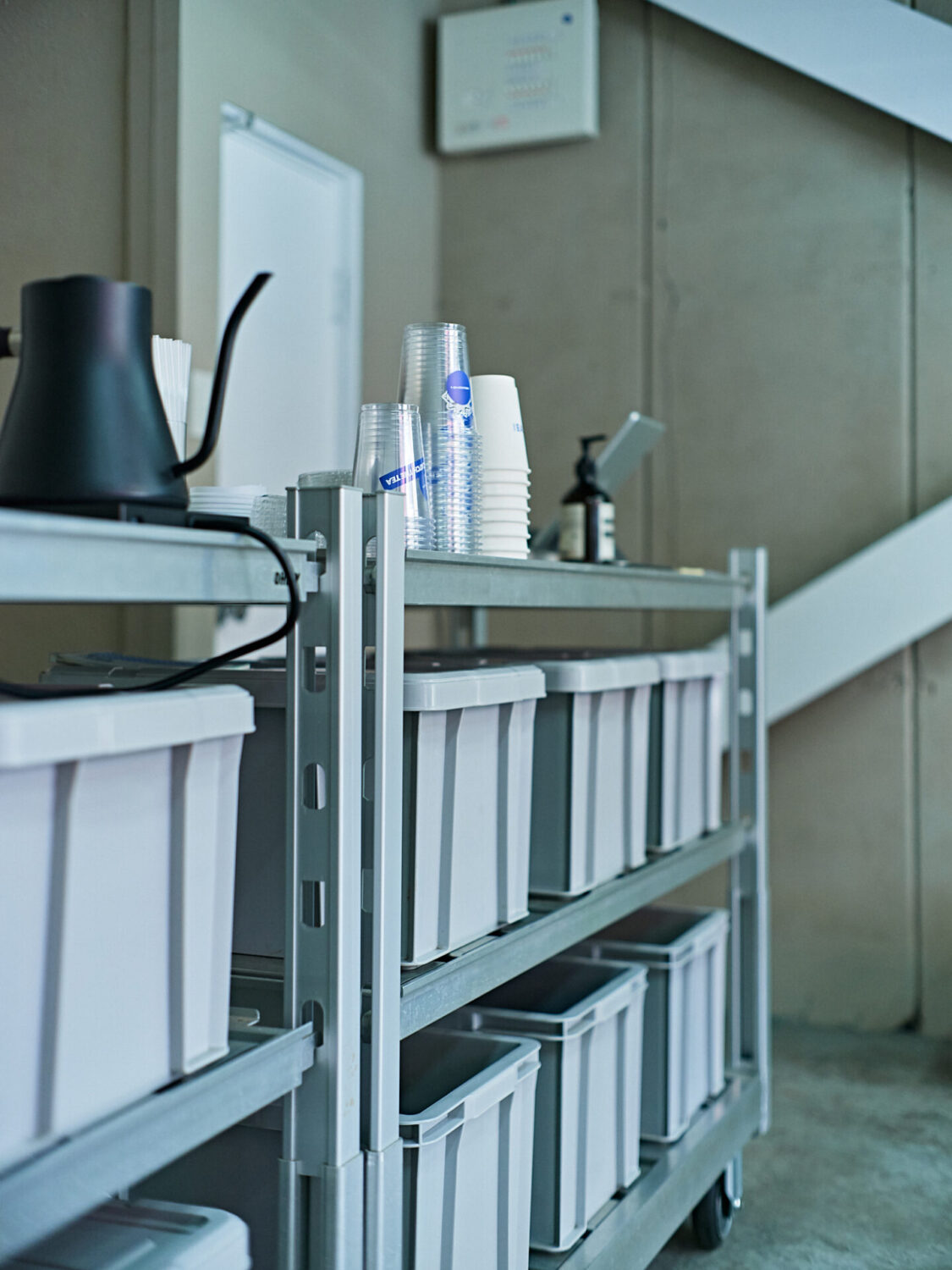
The delicate balance of unity and roughness upon which SABI’s refined sensibilities are perched was not arrived at overnight, but as Endo tells me, came together over time.
“SABI was launched in 2019, and at first, we tried to provide a classical ‘Japanese’ experience. After all, we figured, what could be more traditionally Japanese than tea? But gradually, we found the image of the store changing, as we made a conscious effort to make it more casual, more approachable, and easier to understand. At first, we didn’t even use the name ‘SABI’, but instead wrote it in kanji (where the same reading can be taken to mean ‘tea days’), and focused mainly on pop-up locations and special events.”
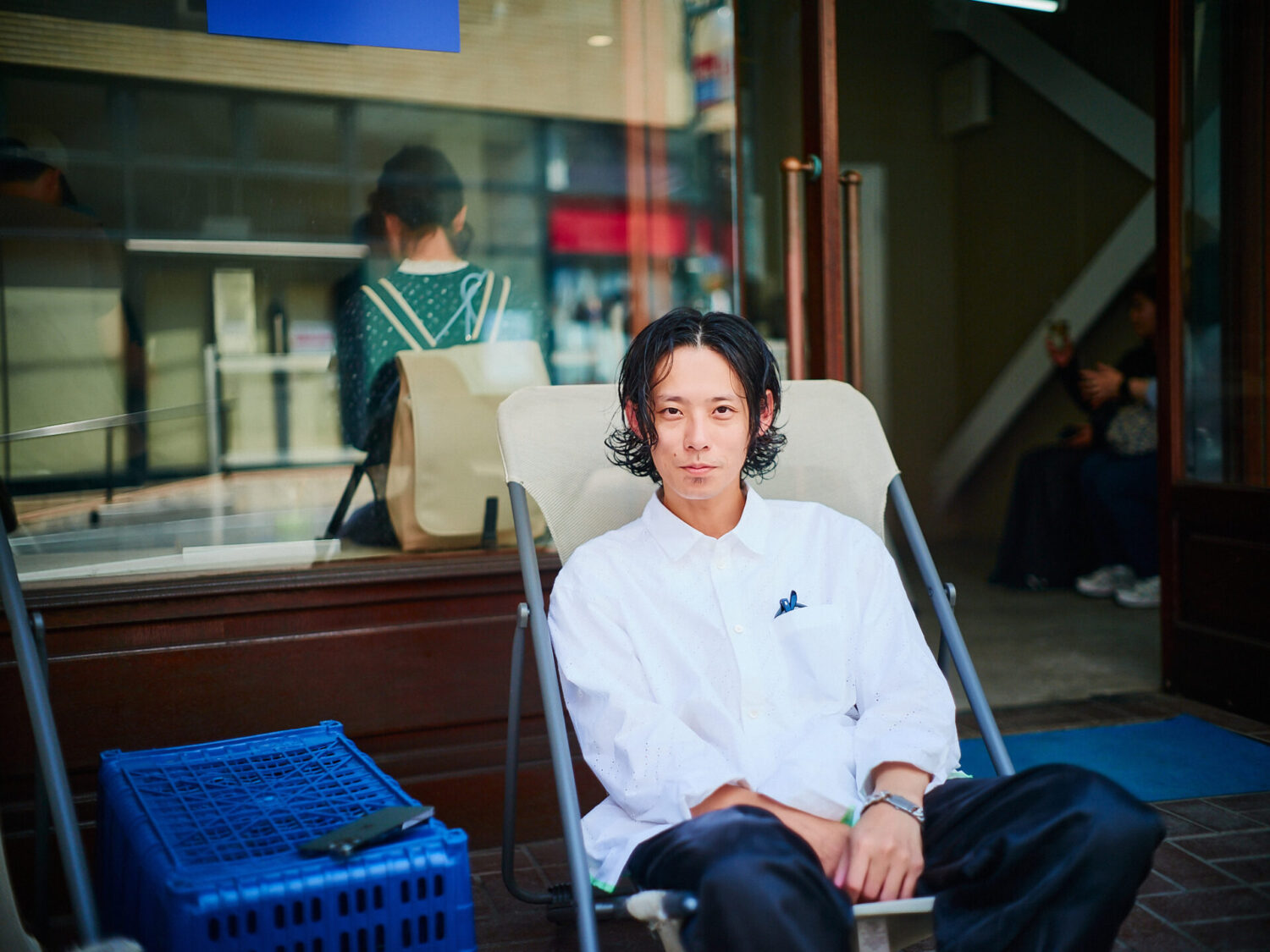
“Our Instagram posts are always created not to show the world how delicious our products are, but to surprise people, and to leave a lasting impression on them,” he adds. “They’re really more like advertisements.”
In a former life, Endo worked as a director of creative projects in Tokyo. The experience he gained through leading projects in which many creative personalities had to be drawn together has served him well in the creation of a unified image for SABI today.
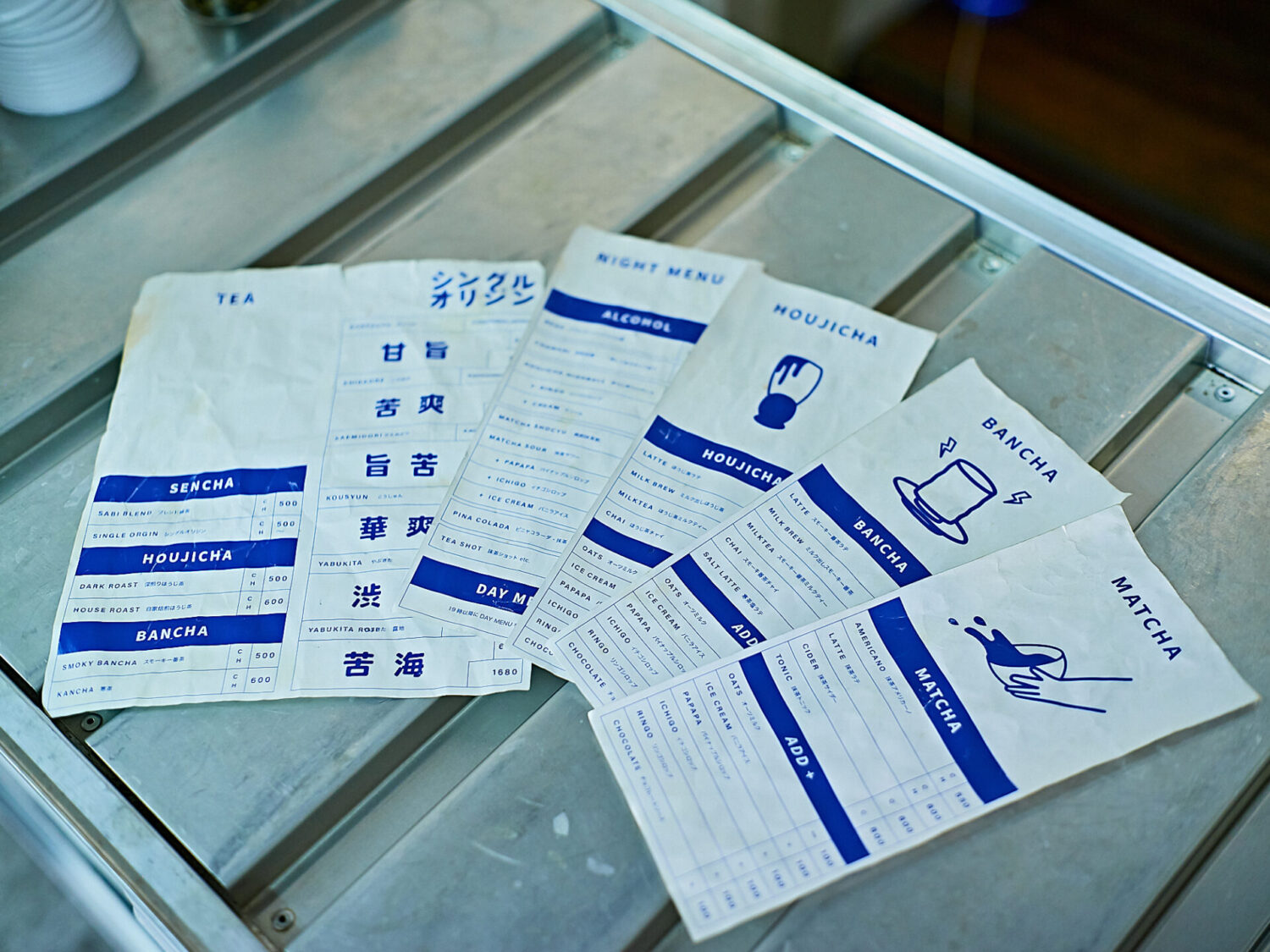
The menus are also fascinating. There are five different pages in all, labelled “TEA”, “HOUJICHA”, “BANCHA”, “MATCHA”, and “NIGHT MENU”. While consistent with each other in their basic design, each has been created to allow the customer to instinctively understand what is being offered.
The TEA menu, in addition to the SENCHA, HOUJICHA, and BANCHA provided elsewhere, allows customers to select their favorite varieties of single-origin tea. The descriptions of each brew are uniquely intuitive. For example, the flavor of Yabukita is described using just two kanji characters – those representing “astringency” and “old woman”. I ask Inoue, whose purview covers tea purchasing and beverage development, just what is meant by this.
“This is a local Kagawa variety of Yabukita that combines a smooth, easy-to-drink feel, with an astringent taste,” he explains. “Somehow it always reminds me of my grandmother’s house, which is why I chose to represent it using those two characters.”
Yabukita Roji, meanwhile, is described using the characters for “bitter” and “sea”, suggesting, as Inoue tells me, a “taste that is not just bitter, but also has a playfulness that recalls a girl at the beach”. Japanese tea specialty shops like this are unusual in Takamatsu. As the city is not known as a traditional bastion of tea connoisseurs, this represents a conscious effort on the part of Inoue to express the flavors of the tea in playful terms that are easily conceptualized even by those without familiarity with the field and who may be hearing these variety names for the very first time.
“We stock tea that I myself find tasty, or in which I have a particular interest,” says Inoue, “but what I always prioritize above all else is ‘simplicity’. What’s most important of all is how our customers themselves find the taste of the tea. The subtle nuances of tea can tend to get very difficult for newcomers to grasp, but I always try to value the impact of that first mouthful.”
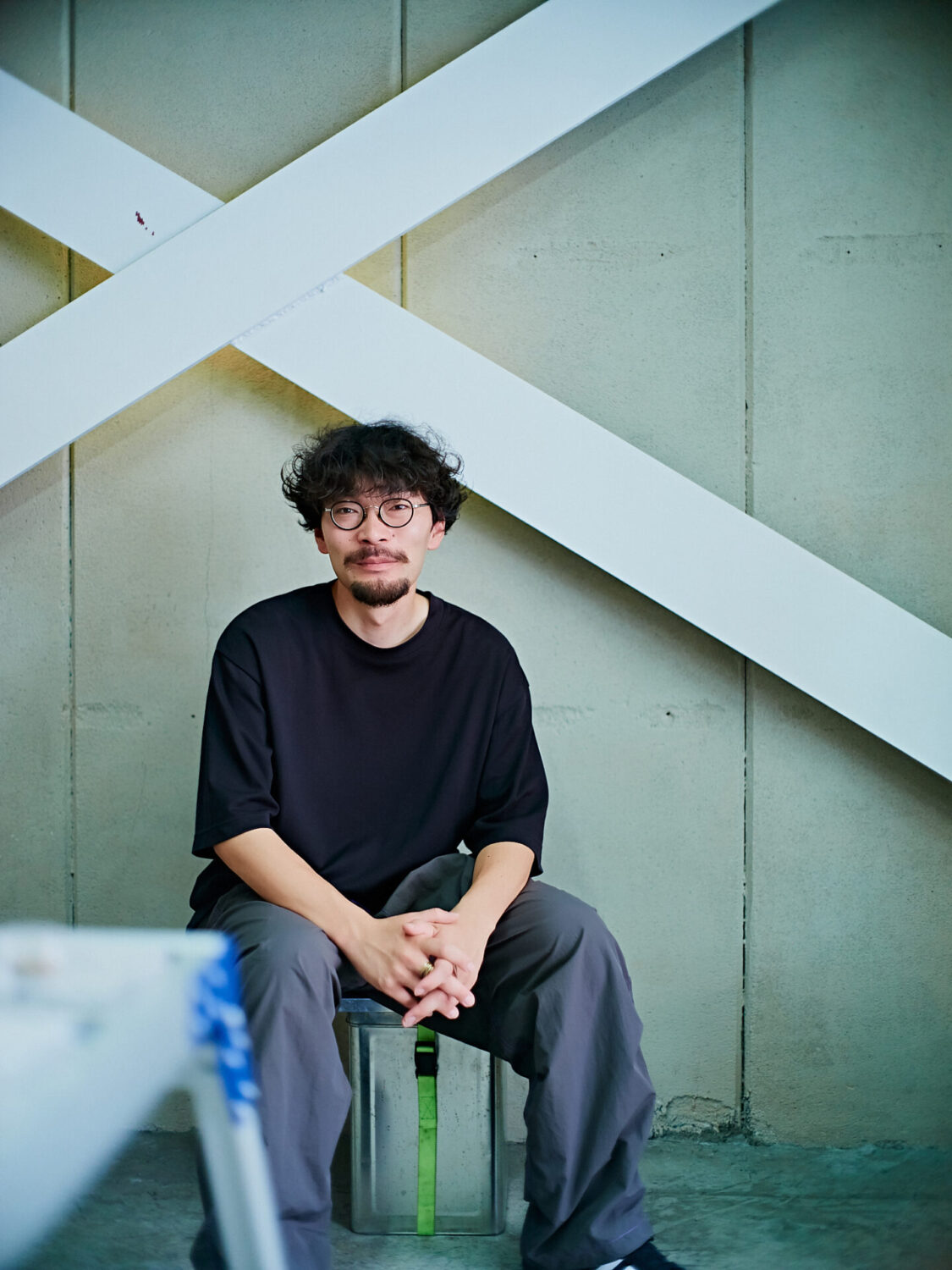
The HOUJICHA, BANCHA, and MATCHA menus are even more representative of SABI’s idiosyncratic endeavour to promote the enjoyment of tea in a casual manner.
Each menu offers a range of drinking options, in the form of latte, chai, or with tonic water, for example. These unusual and eye-catching menus are designed to pique the curiosity not only of tea-lovers, but of those who are not regular drinkers as well. A range of funky toppings, including ice cream, syrup, and chocolate sauce, are also available. The overwhelming feeling is a sense of freedom; it is as if we have been given permission to enjoy tea in ways we have never been before.
The net result is that, just for bancha alone, for example, you can order a Smoky Bancha Latte, a Smoky Milk-Brewed Bancha Latte, a Smoky Bancha Milk Tea, a Smoky Bancha Chai, or a Bancha Salt Latte. In addition to these five varieties, customers can add their choice of topping, giving such a wide variety of options that they may not know where to begin. Seen another way, though, it encourages customers to come back, try out other combinations, and develop their own favorites. As for myself, this time, I decide to let the manager, Ayumu Takeuchi, make me his recommendations that showcase SABI’s original approach to tea.
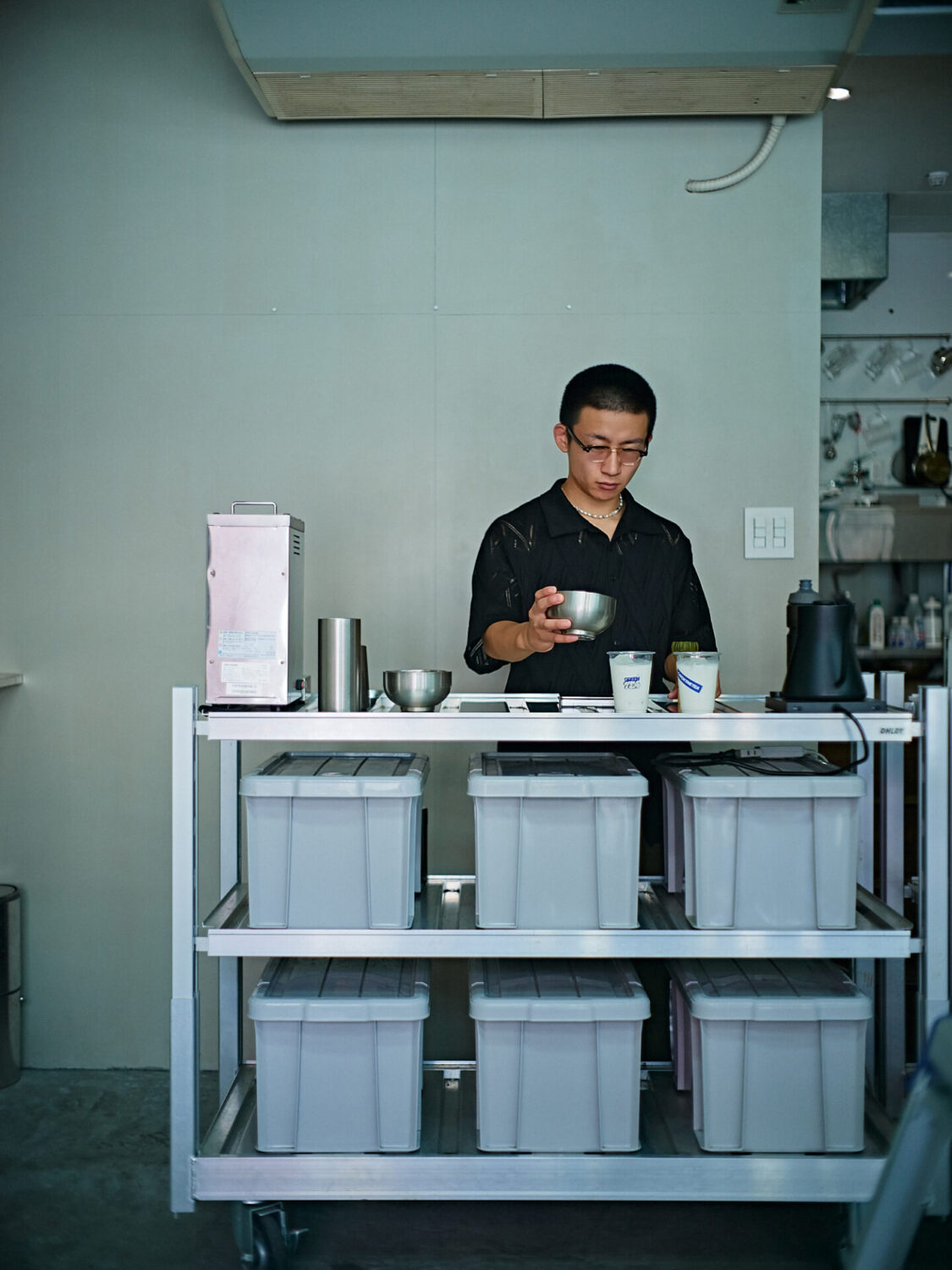
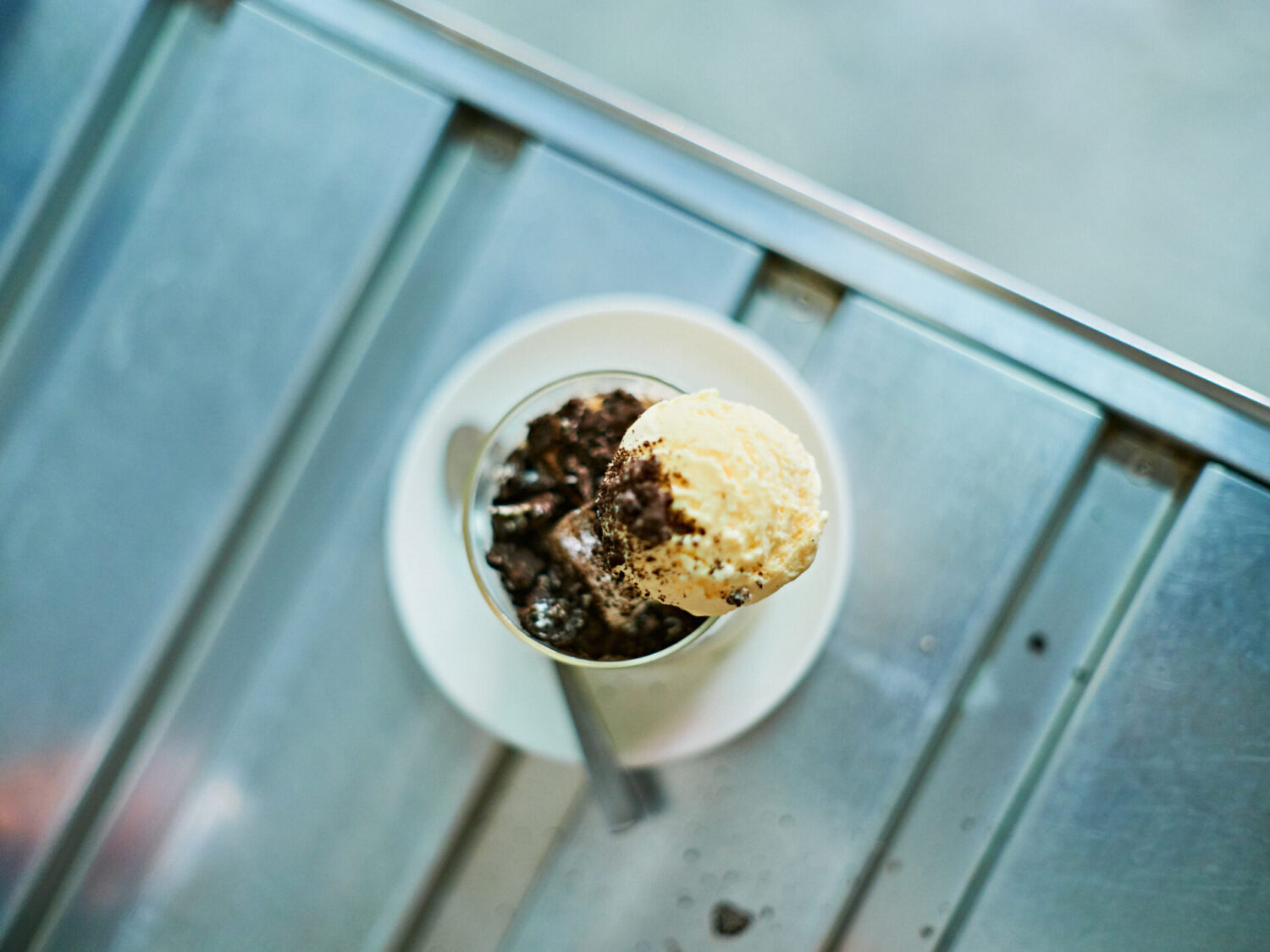
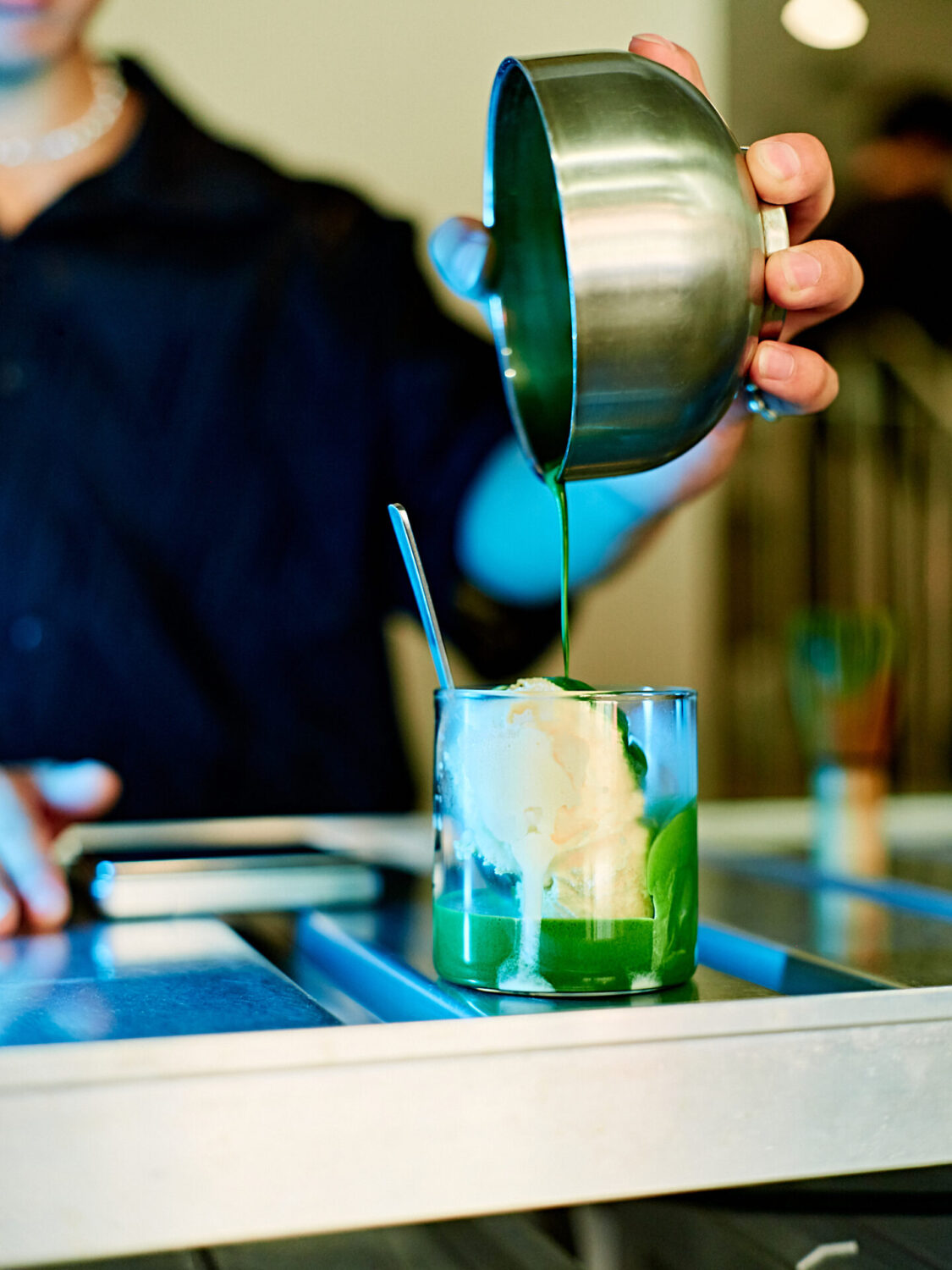
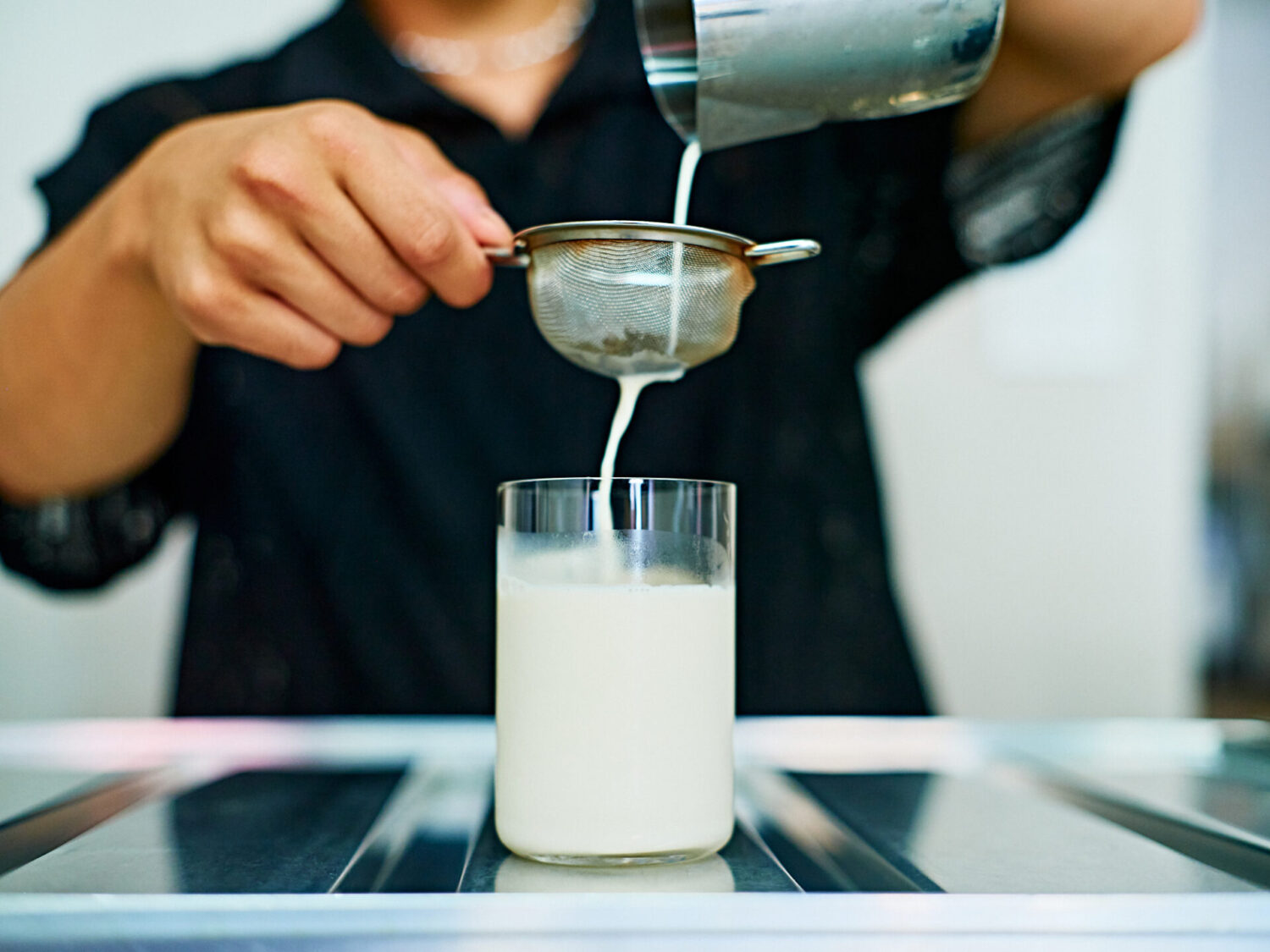
Open from 10 in the morning until 9 at night, SABI is frequented by customers from all age groups, and is also popular with foreign tourists, particularly those from mainland Asia. Even during my brief visit, four separate groups of foreign tourists enter the store. The two owners estimate that 50% of their customers come from outside the prefecture, while half of that number again is from overseas.
In terms of customer service, what is most striking is the way the staff go out of their way to communicate with every visitor. “Where did you hear about our store?” “Have you always been a fan of tea?” “Did you enjoy your drink?”
“First-time customers can be a little overwhelmed by the atmosphere of the store, so we make a point of communicating with them as much as we can,” explains Inoue. “Matcha has become popular overseas recently, and we try our best to talk to foreign tourists as well, even those that speak no Japanese.” Watching him ask customers if they liked their drinks, thank them, and bid them farewell in Chinese and Korean, both of which he is learning, is the strongest expression of his love for his job.
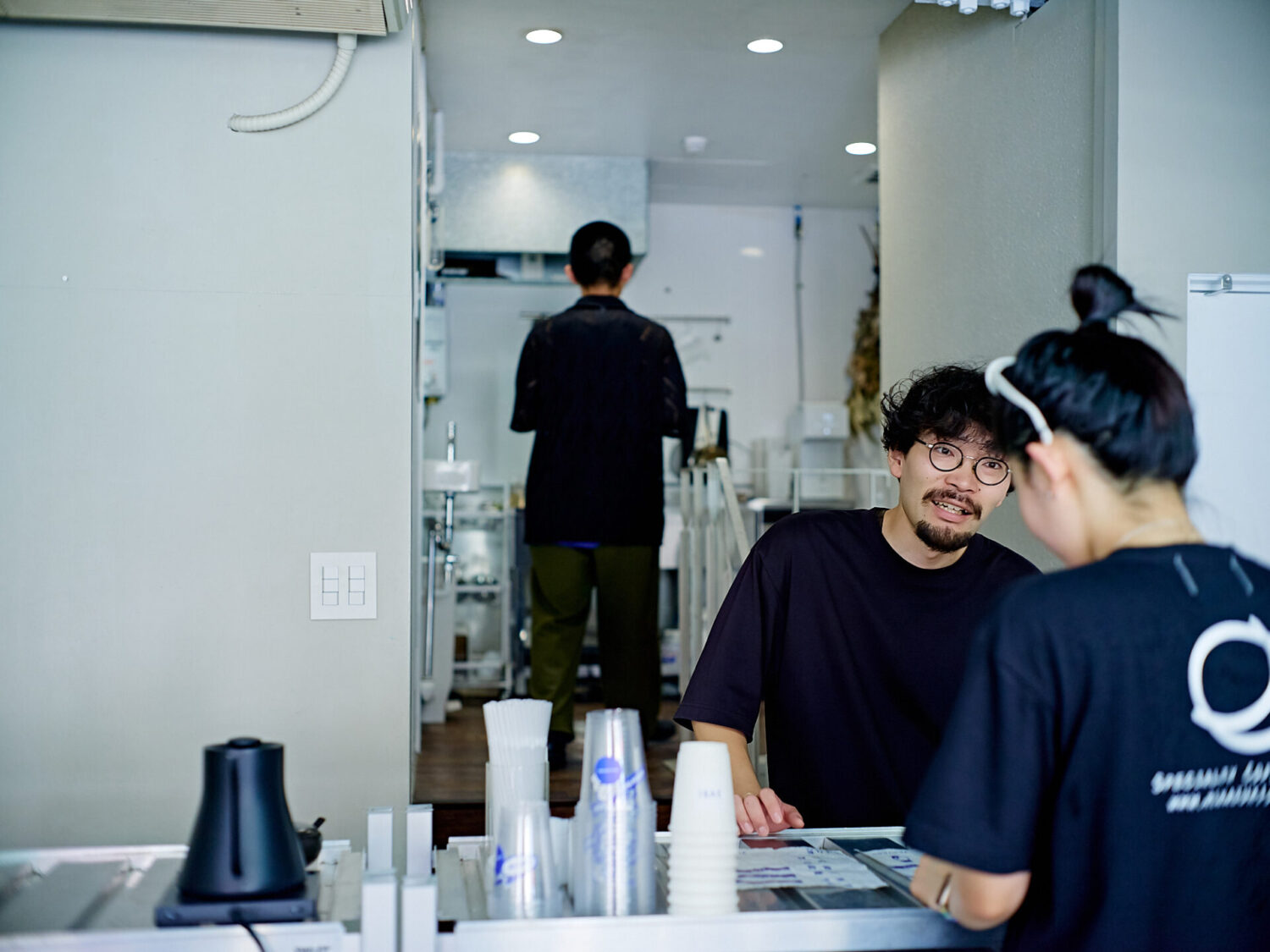
After visiting SABI for myself, I realize that far from simply pursuing a cool, metropolitan image, its staff are truly passionate about tea, and are using that passion to open the doors to tea appreciation to the uninitiated. The magnificent harmony created by the combination of the two contrasting styles they have developed – a refined interior design concept and a concerted effort to make tea accessible to all – is what makes SABI a truly attractive place to visit.
“Takamatsu and Tokyo are different, after all,” opines Endo. “A shop like SABI in Tokyo would attract customers that are looking for something new, but here in Kagawa, there is a chance that our style could scare people off or intimidate them. I like to think that this particular part of Takamatsu actually has quite a sophisticated cultural palate, but when we were first operating our pop-up stores, most people looked at us like we were aliens.”
Endo recalls how the tea they sold at communal markets for 500 yen a cup in their early pre-SABI days barely sold at all. Now, though, SABI is known not only throughout the prefecture, but by tea fans around the world. The journey from obscurity to renown must have been replete with both triumph and tribulation.
While the first half of this article has focused on the store itself, the second will explore how SABI’s tea came to gain acceptance from the community in Takamatsu, as well as delve into the backgrounds of its creators, Junji Inoue and Takahiro Endo.
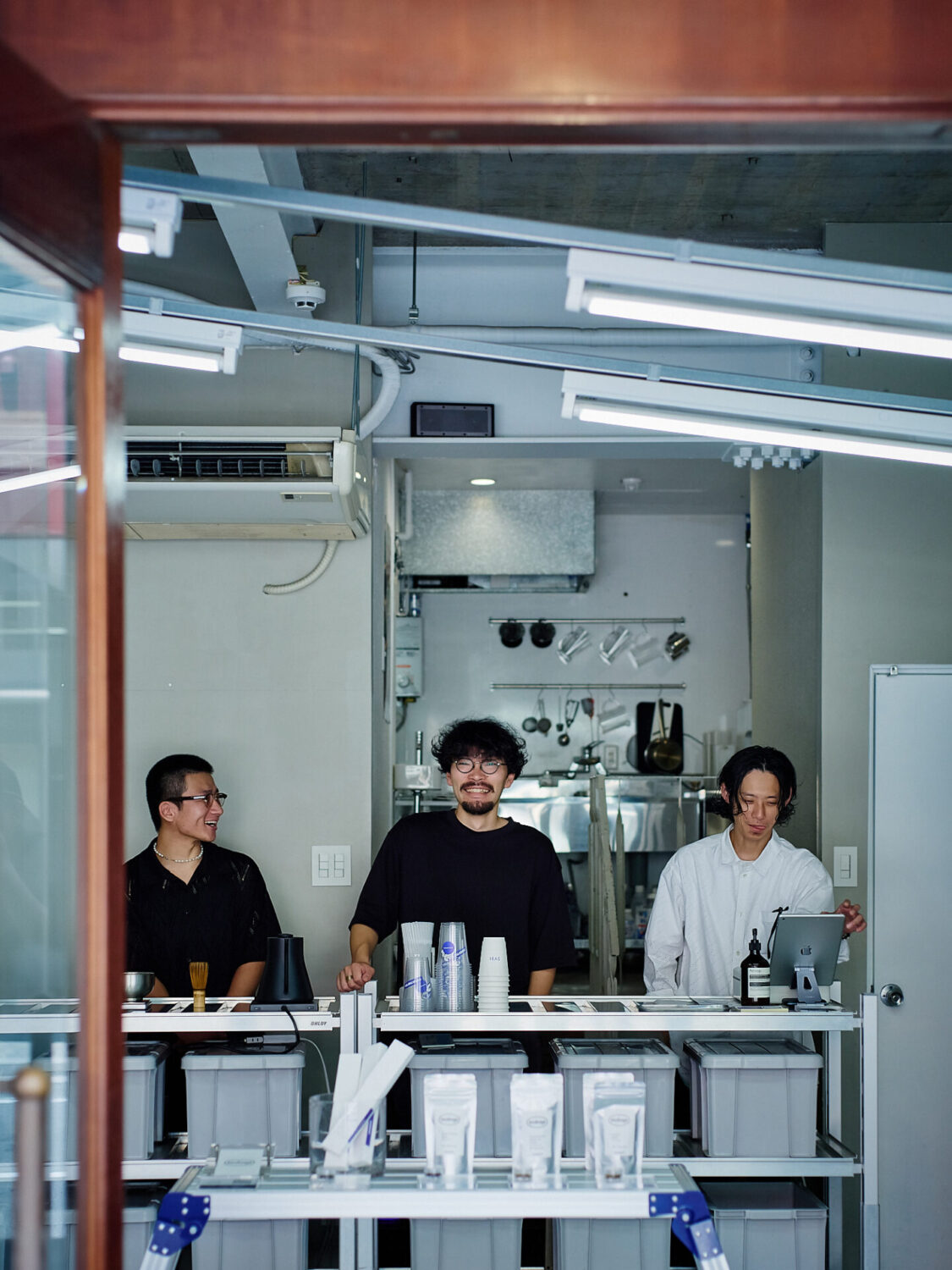
SABI
Initially launched in 2019 as Sabi (“Tea Days”), a collaboration between Takahiro Endo, a former creative director in Tokyo, and Junji Inoue, who worked as a barista from his student days in Takamatsu. After slowly earning recognition through their pop-up stores, they opened SABI as their first permanent store in April 2022. The store’s metropolitan atmosphere and creative yet intuitively attractive drinks menu, underpinned by Inoue’s years of experience as a barista, draw people to it year-round from both home and abroad.
Location: 1st floor, Yamanaka Building, Imajinmachi 8-2, Takamatsu City, Kagawa Prefecture
Opening hours: 10:00 AM to 7:00 PM weekdays; 10:00 AM to 11:00 PM Saturday and Sunday
Closed on Thursdays
@sabi_greentea
Photo by Takuro Abe
Text by (originally in Japanese) Rihei Hiraki
Edit by Yoshiki Tatezaki
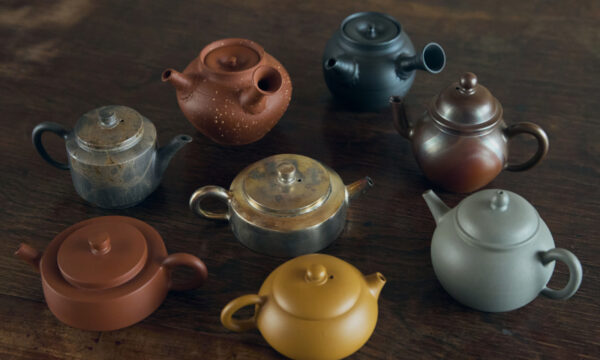
2024.05.24 Teaware ArtistsINTERVIEW
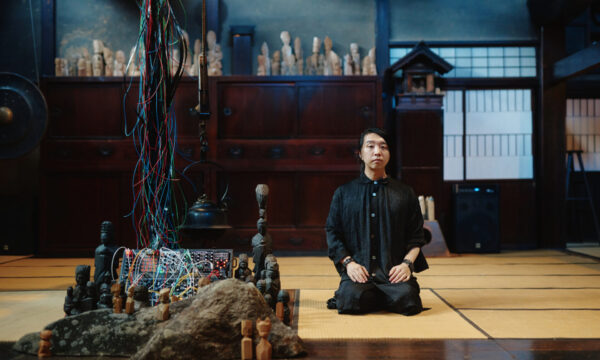
2024.10.04 CHAGOCORO TALKINTERVIEW
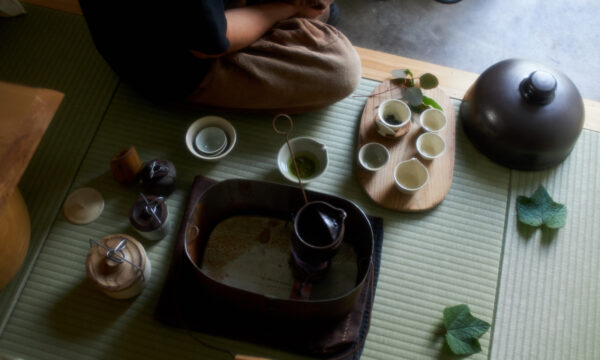
2021.07.13
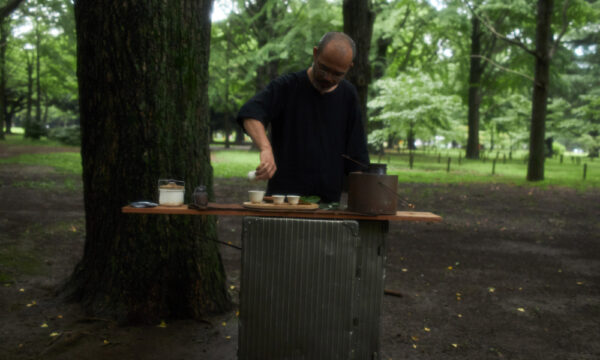
2021.07.16
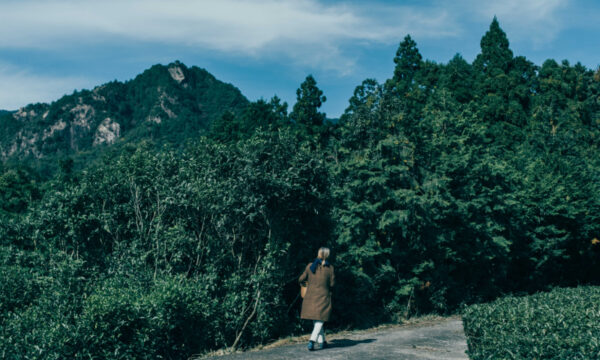
2021.11.23
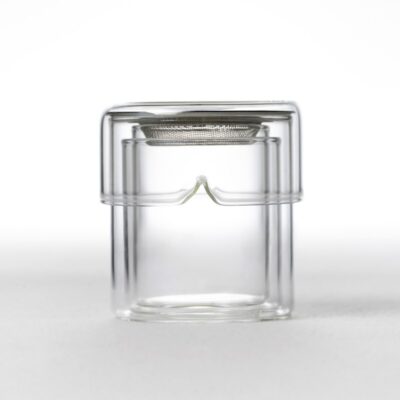
内容:フルセット(グラス3種、急須、茶漉し)
タイプ:茶器
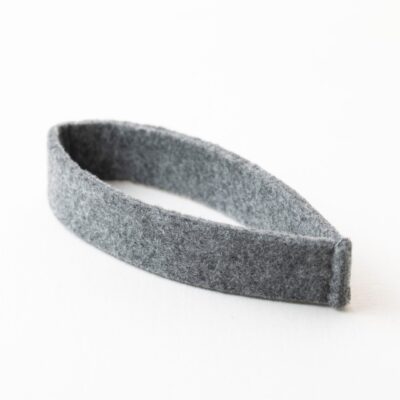
内容:スリーブ×1種(素材 ポリエステル 100%)
タイプ:カスタムツール